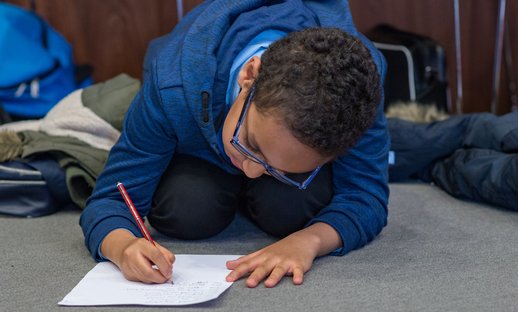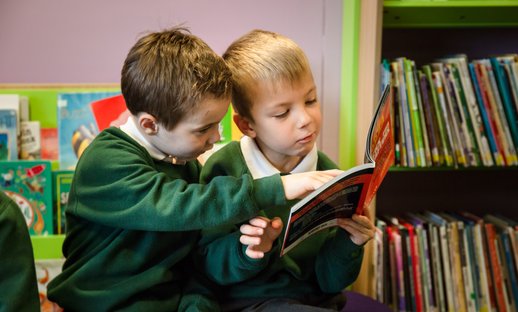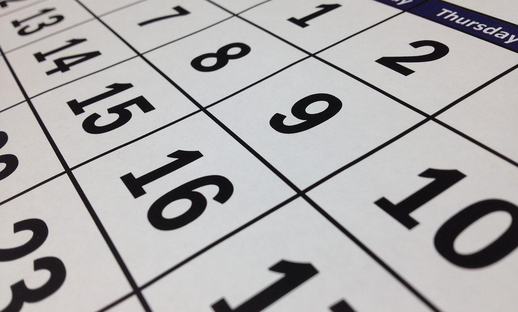Rutendo Tavengerwei is the author of the poem The Store Full of Magical Things featured in The Book of Hopes. She has also written young adult novels including her Carnegie nominated debut, Hope is our Only Wing and The Colours that Blind.
Edited and curated by Katherine Rundell, The Book of Hopes includes stories, poems and illustrations from many celebrated children’s writers and artists. Originally launched during the first lockdown, The Book of Hopes aims to comfort, inspire and encourage children, instilling hope and supporting their wellbeing.
In this video, Rutendo Tavengerwei reads her poem, and sets children a task to write a letter to a friend or family member, sending them "a smile that can never fade".
Watch the video
Supporting activities
You can find learning resources for The Store Full of Magical Things, as well assembly plans and activities based on different stories and poems on our Book of Hopes - recovery curriculum resources page, developed in partnership with Twinkl.
The benefits of letter writing
National Literacy Trust research in to letter writing among young people uncovered far-reaching connections with literacy engagement and wellbeing, including that:
- Children and young people’s letter writing has risen in popularity, with 36.7% of children and young people writing letters in their free time, compared to 28.9% in 2011
- Children are mostly writing letters to stay in touch with family and friends (52.7%) or to make the person they are writing to happy (47.8%)
- Children also say that writing letters makes them feel happy (33.8%) and helps them express their feelings (30.7%)
Teaching letter writing in the classroom
This video provides a perfect prompt to tap in to these literacy and wellbeing benefits. In particular you may wish to consider:
- Formal and informal modes of writing, such as letters for job applications - see our careers resources - and letters written to family and friends.
- Tailoring writing for specific purpose and audience
- The conventions of letters, such as opening with 'Dear' and ending with 'Yours sincerely'
- Composition skills - can pupils' writing conjure up a scene through description, generate empathy, spark questions or persuade?
You can find much more about letter writing, along with links to great writing models and activities by exploring our resources for My Dear New Friend.
Literacy and wellbeing
You may also want to explore our range of our resources designed to help you support wellbeing through literacy teaching.
You might also be interested in
-
Premium
Materials to support whole-school exploration of writing for pleasure.View details about Writing for pleasure -
Premium
A compilation of recent research and policy developments in primary literacy to support evidence-based practice.View details about Primary Literacy Guide and Review -
Free
Supporting schools and early years settings with literacy teaching resources to help enrich your lessons linking to literacy moments and awareness days throughout the academic year.View details about Literacy teaching and school events calendar 2023-2024-2025


